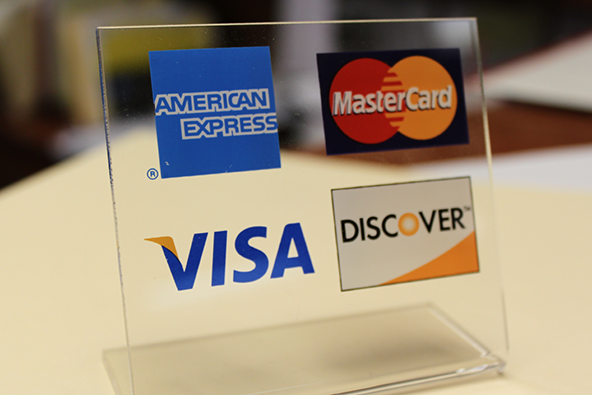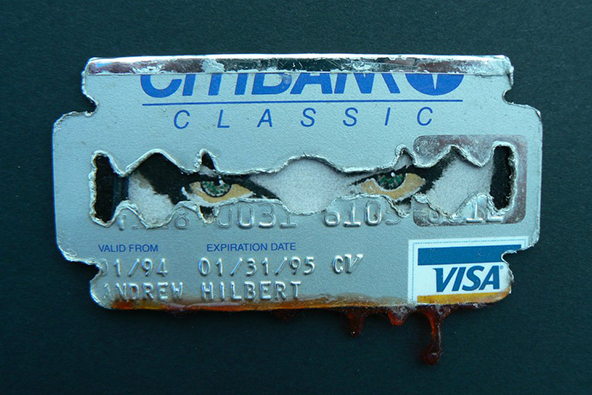The Issue with Interchange Fees

The single biggest reason why we have so many different types of credit card processing pricing models is that there is a wide range of fees Visa and MasterCard charge processors for each transaction, the so-called interchange fees, which make up about three-quarters of the total processing fees merchants pay, on average. The rest is collected by the processors.
For example, for a transaction involving a business-to-business credit card, the processor may be charged a fee that is 25 percent or more higher than the one for a regular credit card. The gap with debit card fees is even wider. Each pricing model needs to be set up in a way that accounts for these fluctuations.
Are Processors Rigging the Rates?
Many have repeatedly made the argument that the complexity and variety of the pricing models are the result of some processors’ deliberate efforts to make it difficult for merchants to figure out what they are paying. The confusion allows processors to rake in higher profits, the argument goes.
However, while there are a few unnecessarily complicated models the six- and nine-tiered ones come to mind the reality is that the complexity comes mostly from the set-up of the interchange fees, which lie at the core of each pricing structure.
The Problem with Interchange Fees
To give you an idea of how widely the interchange fees can vary, I have listed the current rates for some of the most widely used types of cards in the tables below.
Visa and MasterCard Interchange Rates*
| Visa Card Type | Interchange Rate | MasterCard Type | Interchange Rate |
| CPS/Retail Debit — Performance Threshold I | 0.62% + $0.13 | Consumer Debit Merit 3 — Tier 1 | 0.70% + $0.15 |
| CPS/Retail Debit — All Other | 1.03% + $0.15 | Consumer Debit Merit 3 — Base | 1.05% + $0.15 |
| CPS/Retail Credit — All Other | 1.54% + $0.10 | Consumer Credit Core Value Merit 3 — Base | 1.58% + $0.10 |
| CPS/Rewards 1 Credit | 1.65% + $0.10 | Consumer Credit Enhanced Value Merit 3 — Base | 1.73% + $0.10 |
| CPS/e-Commerce Basic | 1.80% + $0.10 | Consumer Credit Core Value Merit 1 | 1.89% + $0.10 |
| CPS/Rewards 2 Credit | 1.95% + $0.10 | Consumer Credit Enhanced Value Merit 1 | 2.04% + $0.10 |
| Commercial Level II | 2.05% + $0.10 | Commercial Data Rate 2 | 2.32% + $0.10 |
| Commercial Retail — Business | 2.20% + $0.10 | Commercial Data Rate 1 | 2.77% + $0.10 |
| Commercial Card Not Present — Purchasing | 2.55% + $0.10 | Commercial Standard | 2.95% + $0.10 |
*Rates effective as of March 5, 2011.
As you can see in this sample, interchange rates cover quite a range. Why have Visa and MasterCard done it this way? This question is answered more easily for some card types than it is for others. For example, rewards programs cost a certain amount to maintain and the higher fees compensate issuers for these extra costs. Debit cards, on the other hand, are cheaper to accept, because there is no credit line behind them; the transaction amount comes straight out of the cardholder’s bank account. However, I have no idea why some purchasing cards should cost so much more to accept.
The Takeaway: Choose the Pricing Model Carefully
Now that you know how widely interchange fees are distributed, it should be easier for you to understand the reasoning behind the tiered pricing models. Processors use them in effect to divide the interchange range into regions with smaller variations and assign processing rates accordingly.
It should also be evident why you should stay away from the tiered models in the first place. Interchange-plus is the better model, because it adds the processor’s mark-up directly to whatever the interchange fee is. While there is nothing you can do about the interchange, you can certainly negotiate with your processor. The best thing is that whatever your processor’s mark-up, it will be the same for all of your transactions, regardless of card type, so that you don’t get overcharged for any of them. You can’t say that about any of the tiered models.
Image credit: Moneyandfaithinmotion.com.


